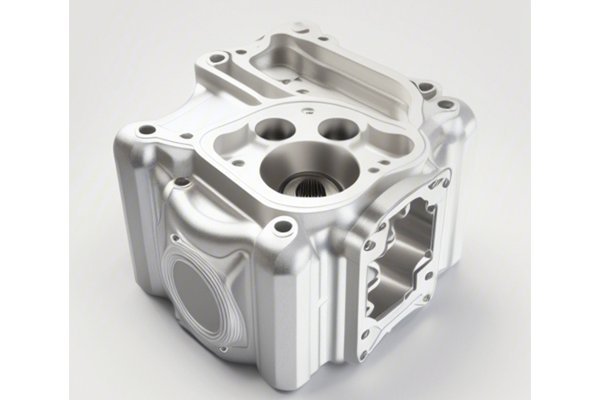Did you know that the precision of CNC (Computer Numerical Control) machining has revolutionized the manufacturing industry, offering tolerances as tight as ±0.001 inches? For businesses that rely on precision components, CNC machining is a game-changer, especially in the realm of aluminum processing. But how do these facilities ensure that every part produced meets stringent dimensional consistency standards? In this blog, we will explore the challenges associated with CNC aluminum processing and detail the processes and technologies employed by factories to maintain high dimensional accuracy.
Understanding CNC Aluminum Processing
Before delving into the techniques that ensure dimensional consistency, it is essential to understand what CNC aluminum processing entails. CNC machining involves the use of computer-controlled cutting tools to shape aluminum into precise shapes and sizes. This technology offers numerous benefits, including:
While these advantages make CNC machining an attractive option, maintaining dimensional consistency across production runs presents its own set of challenges.
Common Challenges in Maintaining Dimensional Consistency
Ensuring Dimensional Consistency: Key Techniques
To overcome these challenges and ensure dimensional consistency in aluminum parts, CNC machining factories employ several techniques and technologies. Below are the core methodologies that make a systematic impact on ensuring precision.
Choosing the right aluminum grade is fundamental to achieving the desired dimensional consistency. Factors such as strength, corrosion resistance, and machinability must be considered. Here are some guidelines:
Modern CNC machining factories utilize advanced technologies to enhance precision. Some of these technologies include:

The cutting tools used during the machining process play a critical role in achieving dimensional consistency. Factories often follow these practices:
Implementing a robust quality control (QC) process is vital for ensuring dimensional consistency throughout production. Key practices include:
Human expertise remains essential in CNC machining. Therefore, CNC machining factories should prioritize:
Real-World Applications
To better understand how these techniques are applied in actual CNC aluminum processing settings, let’s look at a couple of real-world examples.
Case Study 1: Aerospace Component Manufacturing
A leading aerospace component manufacturer faced challenges with dimensional inconsistencies in aluminum parts used for aircraft. By implementing multi-axis CNC machines and integrating in-process measurement systems, the company could enhance its precision and achieve tolerances well within ±0.005 inches, meeting stringent aerospace standards. Additionally, they invested in training their operators to better understand the machining parameters for aluminum alloys used in aerospace applications.
Case Study 2: Automotive Parts Production
An automotive parts manufacturer improved dimensional consistency in its aluminum engine components by adopting adaptive control systems that utilized real-time feedback during machining. The combination of high-quality cutting tools and rigorous quality control measures further ensured that every part produced complied with the required specifications. As a result, they reduced their scrap rate by 30%, significantly increasing overall efficiency.
The quest for dimensional consistency in CNC aluminum processing is complex, yet it is achievable through a combination of advanced technologies, precise tooling, rigorous quality control, and continuous improvement practices. By selecting the appropriate materials, investing in cutting-edge CNC technology, and employing effective training and inspection strategies, CNC machining factories can produce high-quality aluminum parts that meet even the most stringent specifications.
As the manufacturing industry continues to evolve, understanding these methods is more pertinent than ever for businesses seeking to maintain a competitive edge. Remember, achieving dimensional consistency is not only about producing parts that meet specifications; it is about forging partnerships built on trust, quality, and excellence. Reflecting on the principles highlighted in this blog will not only enhance your understanding but may very well be critical to your future success in the landscape of CNC machining.
In the evolving world of manufacturing, ensuring that your processes are thorough and reliable is worth the investment, think about how closely your production goals align with these key strategies discussed today. Keep pushing forward on the path of precision!






